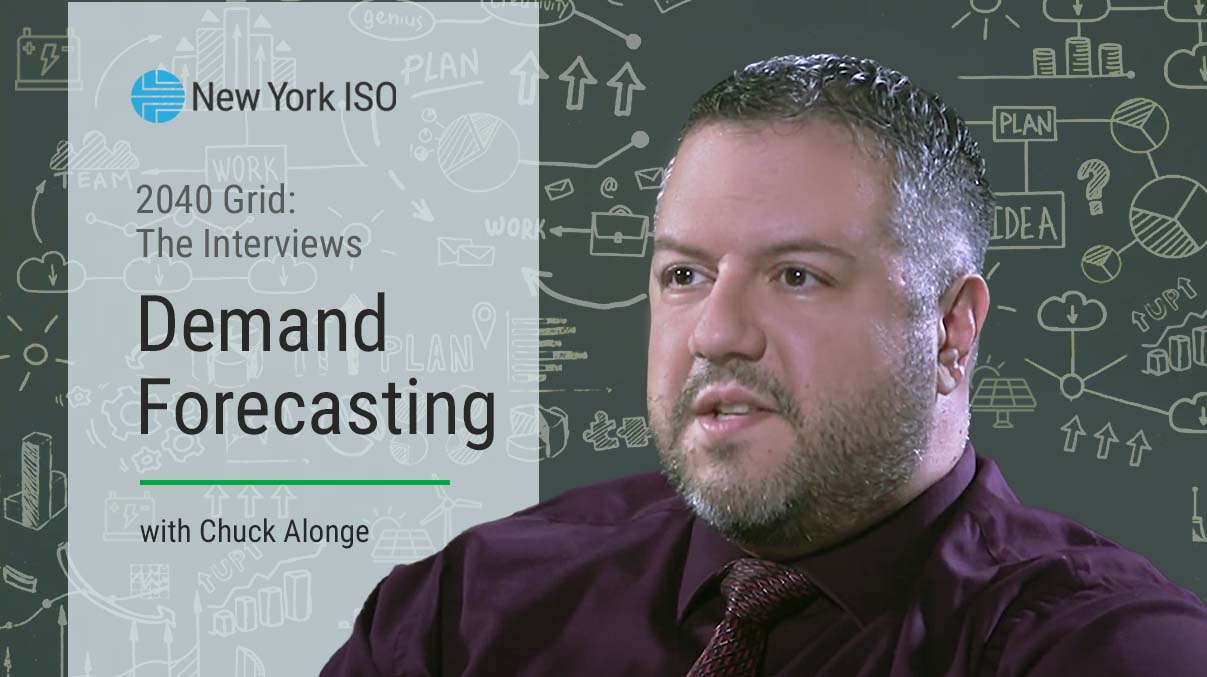VIDEO: Forecasting Power Usage from 5 Minutes to 20 Years; a Look Behind the Scenes

Chuck Alonge plays an essential role in planning the grid. He and his fellow load forecasters support the reliability of the grid by continuously estimating how much power the grid will need to supply.
The team supports both the real-time operations of the system and the long-range reliability needs over the next decade that are key to maintaining a reliable electric grid.
It’s important that we have the necessary resources in place to be prepared for expected and unexpected risks to reliability on any given day. The load forecasting team examines data on everything from weather to economic factors and, most recently, the changes in load patterns due to the global COVID-19 pandemic.
The forecasts let grid operators know how much generation will be needed from the next five minutes to the next 24 hours.
“For short-term forecasting, we certainly look at the weather, holidays and special events like Super Bowl Sunday are also important, because they have unique demand profiles,” he said.
Longer-range forecasts help to inform generators and other market participants about system needs for potential investment. Such forecasting, which projects electricity usage 10 to 20 years into the future, requires more attention to trends. Examples include the expected adoption of electric vehicles and electric building heat that can increase demand, or new types of energy-efficient appliances that could reduce demand. The load forecasting team also takes into account demographic and economic shifts. Looking ahead to 2040, when New York plans to have a zero-emissions grid, we could see significant changes in the highest demand days of the year.
“Right now the New York system is a summer-peaking system,” Alonge said. “Our highest energy use occurs in the warmest months. As more space-heating technologies move from gas and oil to electric, the peaks could move from the summer to the winter.”
To hear more about demand forecasting, watch this video:
For more on our efforts to deliver the grid of the future, visit the 2040 Power Grid webpage.
